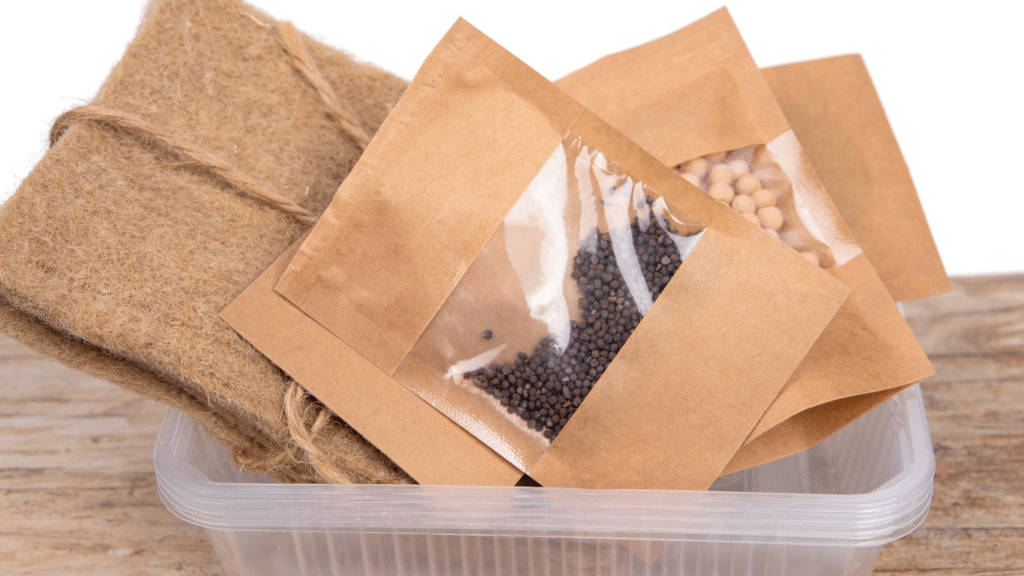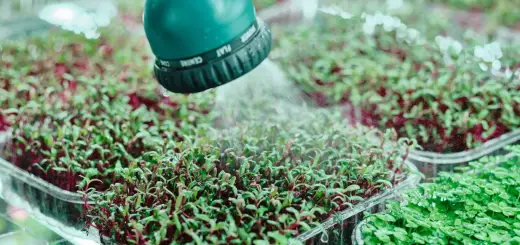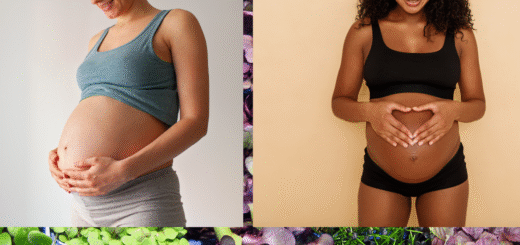Preserving microgreens without harming the planet: sustainable packaging

Hello, friends!
We continue exploring and researching different aspects of microgreens and their connection to environmentally responsible agriculture. After several months immersed in this world, we’ve discovered that most commercial packaging is made from PET or PVC plastic, materials that, although lightweight and transparent, pose a serious environmental problem.
The transition to sustainable packaging is not just an aesthetic choice, it’s a key step toward ensuring that the entire chain, from cultivation to sale, aligns with the ecological philosophy behind microgreens.
As we know, microgreens have a short shelf life, and their high internal moisture makes them very sensitive to condensation and spoilage. Conventional packaging was designed to preserve freshness and protect the product during distribution.
However, recent studies have shown that the type of packaging affects not only durability but also weight loss and microbial growth.
Thus, the challenge is twofold: maintaining product quality while reducing environmental impact.
Sustainable alternatives
PLA (Polylactic Acid) packaging
These are biodegradable and compostable. They offer transparency similar to PET, though with lower heat resistance. Ideal for refrigerated and short term products.
Pressed cellulose or plant based waxed paper
Increasingly popular among small local producers. These allow good ventilation and reduce internal moisture, though they limit product visibility.
Recycled cardboard packaging with bioplastic windows
Combine sustainability with an attractive commercial presentation.
Reusable trays (zero waste)
Some urban projects have implemented tray return systems: restaurants and individual consumers return clean packaging to the producer, reducing waste to almost zero.
Technological innovation
Advances in biodegradable materials are enabling the development of smart bioplastic films capable of controlling humidity and respiration in packaged products.
Some studies have tested starch-based films containing natural antioxidant extracts that reduce oxidation and extend the freshness of buckwheat and mustard microgreens.
These solutions combine sustainability and preservation, avoiding the use of plastics and eliminating the need for chemical additives during storage.
Current challenges
Although sustainable alternatives are progressing, several obstacles remain
- Cost: Compostable packaging can be up to 40% more expensive than traditional plastics.
- Regulation: Not all countries have clear standards regarding compostability or bioplastic recycling.
- Infrastructure: The lack of industrial composting facilities limits the potential of these materials.
Even so, the trend is unstoppable. Various specialized companies are developing packaging lines specifically designed for microgreens and fresh produce, with models adapted for refrigeration and urban transport.
In conclusion, beyond its practical function, packaging carries ethical value. For an increasingly conscious consumer, seeing microgreens in compostable or reusable packaging reinforces both the producer’s credibility and the product’s sustainable value.
Choosing biodegradable, reusable, or renewable materials improves the environmental footprint and contributes to the well being of our planet.
That’s all! Thanks for reading!
See you next time!
Carlota
Sources
Brooklyn Grange Farm. (n.d.). Sustainable microgreens packaging. https://www.brooklyngrangefarm.com/sustainable-packaging
MDPI. (n.d.). Foods – an open access journal from MDPI. https://www.mdpi.com/journal/foods
Yan, H., Li, W., Chen, H., Liao, Q., Xia, M., Wu, D., Liu, C., Chen, J., Zou, L., Peng, L., Zhao, G., & Zhao, J. (2022). Effects of storage temperature, packaging material and wash treatment on quality and shelf life of Tartary buckwheat microgreens. Foods, 11(22), 3630. https://www.mdpi.com/2304-8158/11/22/3630







